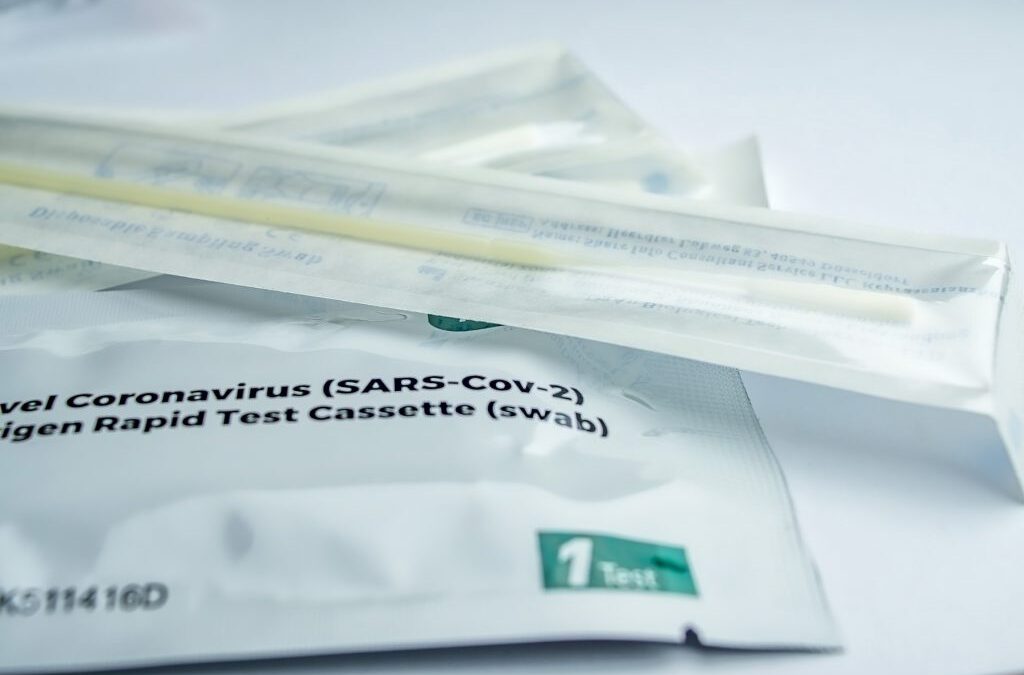Click here to purchase ASSURE-100 on Amazon.com, or for local Hawaii pick-up, click here to purchase from our Shopify site.
Why January Brings Increased COVID-19 Cases
The convergence of several factors contributes to the heightened risk of COVID-19 transmission in January. The holiday season sees millions traveling, gathering in large groups, and spending extended periods indoors—ideal conditions for the spread of SARS-CoV-2. Additionally, colder weather drives people indoors, where ventilation may be inadequate to disperse airborne virus particles effectively.
Another contributing factor is the circulation of new COVID-19 variants. Viral mutations often emerge during periods of high transmission, as the virus adapts to evade immunity from vaccines or prior infections. These new variants can spread rapidly, especially if they possess enhanced transmissibility or the ability to partially bypass immune defenses.
Emerging COVID-19 Variants to Watch
Health authorities, including the Centers for Disease Control and Prevention (CDC), are closely monitoring several new SARS-CoV-2 variants. These include strains with mutations in the spike protein that may reduce the effectiveness of existing vaccines. While current vaccines still offer significant protection against severe illness and death, the emergence of immune-evasive variants underscores the importance of staying vigilant.
The Role of Rapid Testing During Seasonal Surges
Rapid testing is a critical tool in curbing the spread of COVID-19 during seasonal surges. By identifying infections early, individuals can isolate promptly and prevent transmission to others. The availability of rapid home tests has made it easier for people to test themselves before attending gatherings or returning to work or school after the holidays.
Benefits of Rapid Home Testing
- Speed and Convenience: Results from rapid antigen tests are available within 15 minutes, allowing for quick decision-making.
- Affordability and Accessibility: Many rapid home tests are low-cost and widely available, ensuring that individuals from diverse backgrounds can access testing.
- Prevention of Asymptomatic Spread: By detecting cases in asymptomatic individuals, rapid testing helps curb transmission chains that might otherwise go unnoticed.
How to Prepare for the January 2025 Surge
1. Stay Informed
Monitor updates from trusted sources such as the CDC and the World Health Organization (WHO) to stay aware of evolving COVID-19 variant trends and recommended precautions.
2. Stock Up on Essentials
Keep a supply of rapid home tests on hand to facilitate regular testing for yourself and your household. Also, ensure you have masks, hand sanitizers, and over-the-counter medications to address potential symptoms.
3. Practice Preventive Measures
- Vaccination and Boosters: Ensure your COVID-19 vaccinations and boosters are up to date, as they remain the most effective defense against severe illness.
- Masking: Consider wearing high-quality masks in crowded or poorly ventilated spaces, especially during peak transmission periods.
- Ventilation: Improve indoor air quality by opening windows or using air purifiers to reduce the concentration of airborne virus particles.
4. Plan for Travel and Gatherings
- Test before and after attending events or traveling to reduce the risk of spreading COVID-19 to vulnerable individuals.
- Be mindful of local COVID-19 case rates and public health recommendations when planning activities.
The Broader Impact of a COVID-19 Surge
A January surge in COVID-19 cases places additional strain on healthcare systems already burdened by seasonal illnesses such as influenza and RSV. Hospitals may face resource shortages, and healthcare workers could experience burnout. Additionally, widespread absenteeism due to illness can disrupt workplaces, schools, and community services.
Lessons from Previous Surges
Past winter surges have demonstrated the effectiveness of layered mitigation strategies, including masking, testing, and vaccination. These measures, when applied consistently, can significantly reduce transmission and protect high-risk populations. Public health campaigns emphasizing the importance of personal responsibility and community solidarity have also played a key role in managing surges.
The expected post-holiday seasonal surge of COVID-19 variants in January 2025 serves as a reminder of the virus’s persistence and adaptability. However, it also highlights the progress made in managing the pandemic. Advances in rapid testing, like the widespread availability of home test kits, enable individuals to take proactive steps in safeguarding their health and the well-being of those around them.
By staying informed, prepared, and committed to preventive measures, we can navigate the challenges of seasonal COVID-19 surges and minimize their impact. As we move into 2025, the lessons learned from prior years will continue to guide our response to the evolving pandemic.
Click here to purchase ASSURE-100 on Amazon.com, or for local Hawaii pick-up, click here to purchase from our Shopify site.
- Keywords: covid-19, rapid testing, SARS-CoV-2, rapid home tests, covid variants 2025, post-holiday covid surge

